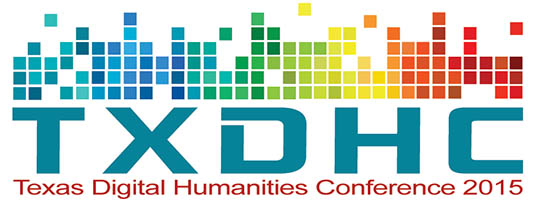Document Type
Presentation
Abstract
It is the goal of the arts to engage a viewing public with intriguing works that communicate the vastness and uniqueness of cultures and thoughts, ideas and experiences of humanity.[1] I encountered the challenges of inadequate technology, space limitations and even the laws of physical reality when considering how to exhibit my work. These limitations pushed me to think in a new way to manifest my vision. My current research involves creating interactive environments using visualization technology. The environments combine traditional art works that have been scanned and digitally assembled into virtual models. Viewers benefit by virtually traversing the environments and encountering the digitized works from all sides. As gallery exhibitions are no longer the only medium in which to view artwork, these digital tools are expanding the traditional concept of viewing and exhibiting the works. A milestone event in my artistic practice was the invitation to participate in a collaborative installation, No Danger, in which each artist created an airship, exploring flying as cultural exchange rather than terror. As the flying machines have grown in size and scope, they attainted a preciousness contrary to original intention. Their fragility and perceived value makes them difficult to transport and install. After a recent exhibition of my flying machines, I began to rethink the concept of the traditional gallery and entered into a collaboration with the Media Lab at the Texas Tech Library. Over the last year I have been scanning the airship components with a 3D scanner, reassembling and animating them. Wanting my airships to be experienced by a wide variety of people, I am currently investigating game design using the Oculus Rift as a solution to immersive online galleries. In conjunction with my newly acquired Oculus Rift Virtual Reality headset, this work will not only transform exhibiting the arts, but also will allow Digital Humanists to explore the underlying value of the platform and metadata. 1 Cohoon J McGrath and Aspray William. Women and Technology, Information on Underrepresentation, MIT 2006, Chapter 2, p 57. [1] Hickman, Richard. Why We Make Art and why it is taught, Intellect, 2010, pp. 7-10
Disciplines
Arts and Humanities | Digital Humanities
Publication Date
4-10-2015
Language
English
License

This work is licensed under a Creative Commons Attribution-NonCommercial-Share Alike 4.0 International License.
Recommended Citation
Elko, Stacy, "Virtual Art Galleries" (2015). Texas Digital Humanities Conference 2015. 23.
https://mavmatrix.uta.edu/digitalhumanities_conf2015/23

